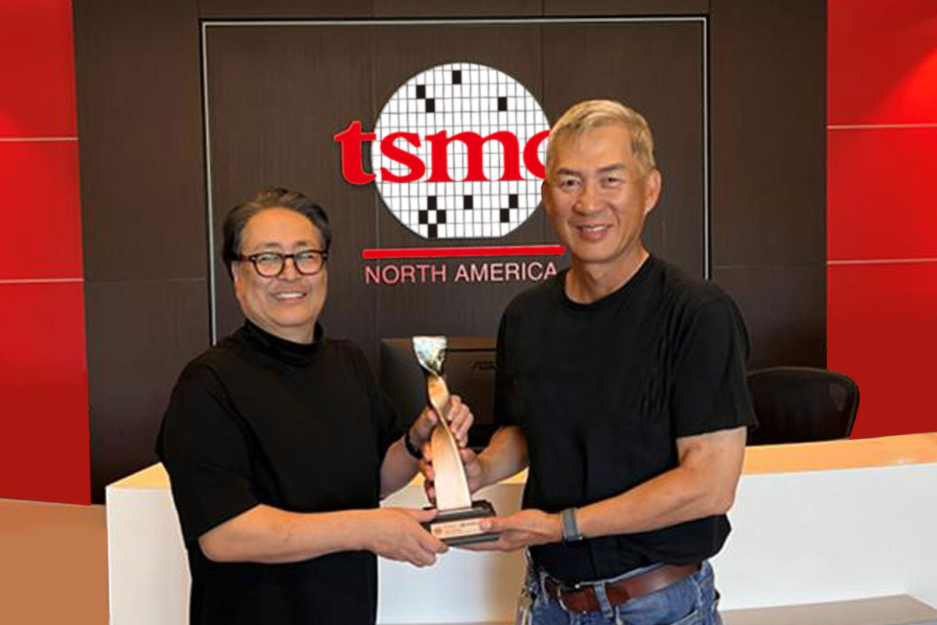
NASA explores the unfamiliar in air and House, innovates for the benefit of humanity, and conjures up the world via discovery.
1 for connectivity, turboSPOT® for accelerated computing as many as 96 MHz, and secureSPOT® For extra stability. The Apollo3 Blue Plus has enabled countless IoT endpoint solutions for Outstanding consumer experience.
NASA By means of years of triumph and tragedy, immediate expertise and engineering danger analyses have concluded that separating the crew within the cargo through launch decreases safety challenges and improves protection stats. ^
Using a membership-totally free practical experience, the Luna Ring Application gives tailor-designed insights into daily action general performance. The engineering marvel is constructed to make sure accuracy with developed-in algorithms for Improved health monitoring.
They argued that the primary man or woman to stroll to the Moon need to be like Charles Lindbergh, a relaxed and tranquil man or woman. They designed the choice to alter the flight prepare Hence the commander was the primary to egress with the spacecraft.[ninety eight] Pre-launch
An early and essential conclusion was deciding on lunar orbit rendezvous over both equally direct ascent and Earth orbit rendezvous. An area rendezvous is surely an orbital maneuver wherein two spacecraft navigate by means of House and satisfy up. In July 1962 NASA head James Webb declared that lunar orbit rendezvous will be applied[35][36] and that the Apollo spacecraft might have 3 major areas: a command module (CM) with a cabin to the a few astronauts, and the sole section that returned to Earth; a support module (SM), which supported the command module with propulsion, electrical electric power, oxygen, and water; along with a lunar module (LM) that experienced two levels—a descent stage for landing about the Moon, and an ascent phase to place the astronauts back into lunar orbit.
Accountable the computer for your Apollo eleven troubles is like blaming the one that places a fireplace and phone calls the fire Division. Essentially, the computer was programmed to carry out over recognize error problems. An entire set of recovery packages was included in the software program.
Factors ended up wanting good for NASA at the start of 1966. The copyright plan was halfway carried out and nicely on track to perform all the foremost application aims by the tip on the yr, and Apollo was inside the pipeline on course to begin manned missions early in 1967. And flights in support of Apollo’s lunar intention ended up very well underway by this position.
The goal of Apollo 4 (along with the Saturn V's other uncrewed check flight, Apollo six) was to qualify the launch car or truck, the Apollo spacecraft, and the ground programs, for the crewed lunar landing missions that may stick to.
About 38 seconds after the 2nd stage ignition the Saturn V switched from the preprogrammed trajectory into a "closed loop" or Iterative Steering Mode. The instrument device now computed in real time one of the most gas-effective trajectory toward its concentrate on orbit.
In the course of the mission, the induce was diagnosed as the rendezvous radar switch becoming in the wrong place, leading to the computer to method info from the two the rendezvous and landing radars simultaneously.[121][122] Software package engineer Don Eyles concluded in a very 2005 Steerage and Command Meeting paper that the situation was resulting from a components layout bug Blue iq Formerly observed in the course of testing of the first uncrewed LM in Apollo five. Owning the rendezvous radar on (so it had been warmed up in case of an emergency landing abort) ought to have been irrelevant to the pc, but an electrical phasing mismatch amongst two areas of the rendezvous radar method could cause the stationary antenna to look to the pc as dithering backwards and forwards between two positions, relying on how the hardware randomly run up.
Over the following a few as well as a 50 % a long time, ten astronauts will stick to of their footsteps. Gene Cernan, commander of the last Apollo mission leaves the lunar floor with these terms: “We go away as we came and, God ready, as we shall return, with peace, and hope for all mankind.”
Ambiq’s mission would be to develop the bottom-electrical power semiconductor options that enable clever devices in all places to generate a healthier, cleaner, and much more successful entire world.
If it ended up to stay on the exact same trajectory because the spacecraft, the S-IVB might have introduced a collision hazard, so its remaining propellants had been vented plus the auxiliary propulsion method fired to maneuver it absent. For lunar missions prior to Apollo 13, the S-IVB was directed towards the Moon's trailing edge in its orbit so which the Moon would slingshot it past earth escape velocity and into photo voltaic orbit.

Get Smart. Use Less Energy.
Ultra-low power SoCs for IoT endpoint devices
that demand complex operations
and longer battery life.
✍ Ambiq® is committed to further improve the quality of life by enabling the intelligence of endpoints while further reducing carbon footprints. Ambiq – your partner in endpoint intelligence.
✯✯✯Based in Austin, San Jose, Hsinchu, Shenzhen, and Shanghai, our leadership and management teams consist of advocates, builders, enthusiasts, entrepreneurs, explorers, incubators, inventors, pioneers, protectors, thinkers, and visionaries. With a diverse spectrum of experiences and skillset, we came together and united with one goal to enable the true Internet of Things where the battery-powered endpoint devices can truly be connected intuitively and intelligently 24/7.
Ambiq Wins the Demo of the Year Award at 2023 TSMC Technology Symposium
September 7, 2023, Austin, TX – Ambiq®, a leading developer of ultra-low-power semiconductor solutions that deliver a multifold increase in energy efficiency, was awarded the Demo of the Year Award by TSMC as a participant of the Innovation Zone at the 2023 TSMC North America Technology Symposium.
Ambiq Wins the Demo of the Year Award at 2023 TSMC Technology Symposium
During the April event, Ambiq showcased various product design wins using TSMC’s 22nm technology in wearables, digital health, smart home, Industrial IoT, pet trackers, and retail segments, with industry-leading energy efficiency. Ambiq also featured two live demos emphasizing its leadership in enabling endpoint AI with its HeartKit™ for remote patient monitoring and its graphics display capabilities for a vivid user interface.

TSMC pioneered the pure-play semiconductor foundry business model when it was founded in 1987, helping startup companies accelerate their innovations by providing access to the industry’s leading process technologies Lite blue.Com and manufacturing capacity. Since 2021, TSMC has expanded that mission with an Innovation Zone at its worldwide Technology Symposiums, highlighting how TSMC partners with startup companies to enable cutting-edge products from various applications, including high-performance computing, communication, automotive, IoT, and consumer segments.
“We’re grateful to TSMC and our booth visitors for allowing us to share our energy-efficient technology and processor solutions with them,” said Ambiq’s CEO, Fumihide Esaka. “We’re moving towards an exciting frontier of AI becoming more engrained with our daily lives. With that vision on the horizon, we will continue to develop innovative and first-of-its-kind ultra-low-powered solutions that keep innovation and sustainability in mind.

Ambiq’s mission is to develop the lowest-power semiconductor solutions to enable intelligent devices everywhere by developing the lowest-power semiconductor solutions to drive a more energy-efficient, sustainable, and data-driven world. Ambiq has helped leading manufacturers worldwide develop products that last weeks on a single charge (rather than days), while delivering a maximum feature set in compact industrial designs. Ambiq’s goal is to take Artificial Intelligence (AI) where it has never gone before in mobile and portable devices, using Ambiq’s advanced ultra-low power system on chip (SoC) solutions. Ambiq has shipped more than 200 million units as of March 2023.
Ambiq Designs Low-Power for Next Gen Endpoint Devices
Ambiq’s VP of Architecture and Product Planning, Dan Cermak, joins the ipXchange team at CES to discuss how manufacturers can improve their products with ultra-low power. As technology becomes more sophisticated, energy consumption continues to grow. Here Dan outlines how Ambiq stays ahead of the curve by planning for energy requirements 5 years in advance.
Ambiq Highlights From Embedded World 2024
Facebook | Linkedin | Twitter | YouTube